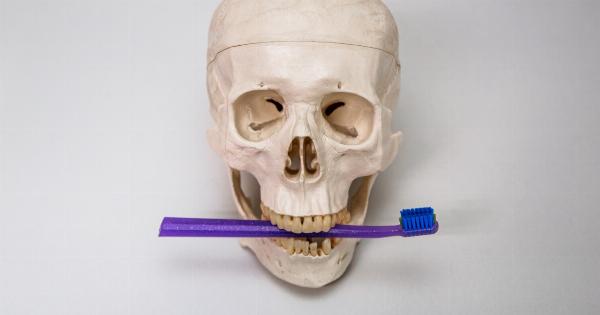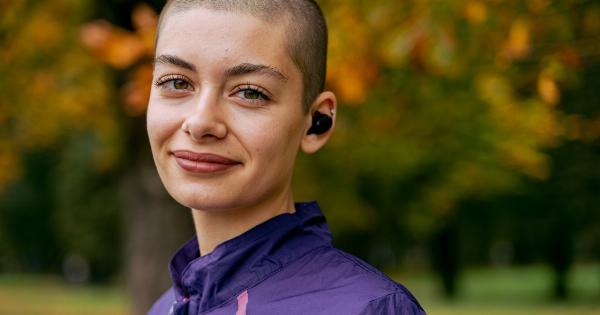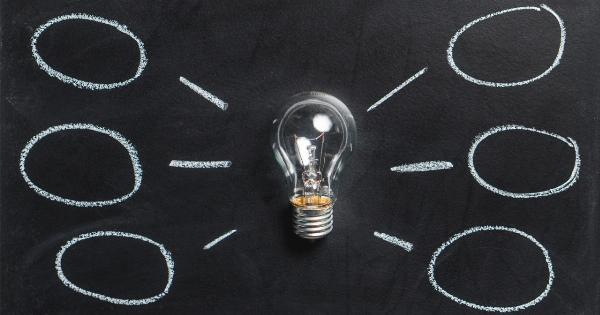Headaches are one of the most common medical conditions experienced by people of all ages. While it is a prevalent ailment, the intensity of headaches can vary greatly from person to person and often differs based on age.
In this article, we will delve into the different age groups and explore how headache intensity can vary among them.
Children (Ages 2-12)
Headaches in children can be particularly challenging to decipher as they may not always be able to effectively communicate their pain. However, studies have shown that children in this age group can experience headaches of varying intensity.
The most common types of headaches reported in children include tension-type headaches and migraines.
Adolescents (Ages 13-18)
As children transition into adolescence, they may experience an increase in the intensity and frequency of headaches.
Hormonal changes, stress associated with school, and irregular sleep patterns are some of the factors that contribute to the higher occurrence of headaches in this age group. Migraines and tension headaches continue to be prevalent, and the level of intensity can be severe enough to hinder daily activities and academic performance.
Young Adults (Ages 19-30)
The transition into young adulthood brings about a unique set of challenges that can contribute to the intensity of headaches.
Work-related stress, long hours, poor sleep quality, and lifestyle habits such as irregular eating patterns and excessive screen time can all contribute to increased headache intensity. Migraines are still common in this age group, but tension headaches become even more prevalent.
Adults (Ages 31-50)
Midlife often brings added responsibilities and stressors, which can have an impact on the intensity of headaches. For this age group, tension headaches are most common, often attributed to stress from work or family life.
Additionally, adults in this age range may also experience hormonal fluctuations, especially in women, that can trigger migraines.
Older Adults (Ages 51+)
Headache intensity in older adults tends to decrease compared to younger age groups. However, certain medical conditions prevalent in this age group, such as hypertension, can contribute to severe headaches.
It’s essential for older adults to manage underlying health issues to minimize headache intensity.
Gender Differences
In addition to age, gender can also play a role in headache intensity. Research suggests that migraines are more common in women, particularly during reproductive years, due to hormonal fluctuations.
Men, on the other hand, tend to experience cluster headaches at a higher rate, which are often described as some of the most intense headaches one can endure.
Impact of Lifestyle Factors
Aside from age and gender, lifestyle factors can greatly influence headache intensity across all age groups.
Poor sleep patterns, inadequate hydration, excessive caffeine consumption, unhealthy eating habits, and lack of physical activity are all culprits that can exacerbate the intensity of headaches.
Managing Headache Intensity
Regardless of age, it is crucial to manage headache intensity to maintain a good quality of life. Here are some techniques that can help:.
- Practice stress management and relaxation techniques, such as deep breathing exercises and meditation.
- Establish consistent sleep patterns and ensure adequate rest.
- Maintain a well-balanced diet and stay properly hydrated.
- Avoid excessive caffeine intake.
- Engage in regular physical activity.
- Seek professional medical advice and consider medication for severe or recurring headaches.
Conclusion
Headache intensity can vary significantly among different age groups. Factors such as hormonal changes, lifestyle habits, and stress levels contribute to the variations observed.
Understanding these differences can help individuals, regardless of age, find effective strategies to manage and reduce headache intensity.




























